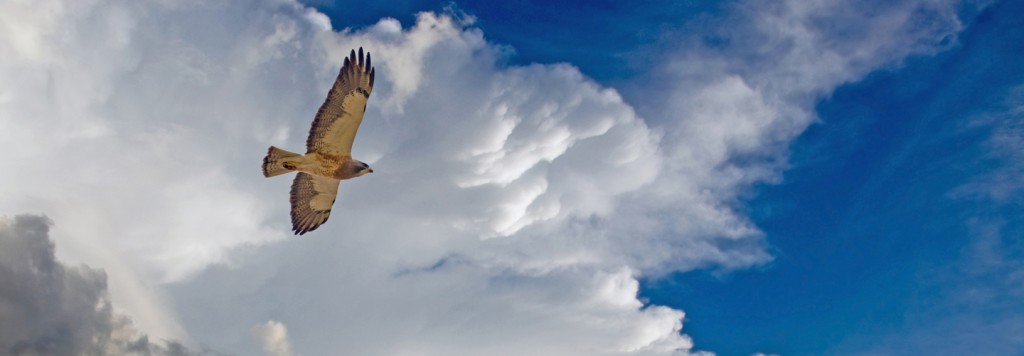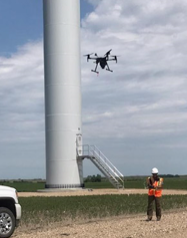Making wind energy work for wildlife
Careful project siting, planning and monitoring – all part of a commitment to responsible wind devel

Wind keeps growing as a portion of renewable energy generation for Xcel Energy. Wind energy is currently around 20% of our electricity production. And more is on the way. Wind power is an important asset to help achieve our 2050 vision to serve all customers with 100% carbon-free electricity by 2050.
A deep commitment to collaboration and partnership
We continue to work with the industry, wildlife agencies and nonprofit groups to learn and improve our practices. Xcel Energy is a member of the American Wind Wildlife Institute, a nonprofit partnership dedicated to the responsible development of wind energy while protecting wildlife and wildlife habitat.
In addition to our AWWI membership, we have elected to also participate and fund AWWI’s Wind Wildlife Research Fund to support important scientific research into the ways in which impacts to wildlife can be reduced or eliminated.
Click on the play button above to watch a short video on Solutions for Wind Energy and Wildlife.
How we take responsibility for local wind farm environments
For Xcel Energy, that commitment to a clean energy future also extends to being good stewards of the local ecosystems and wildlife populations in and around our wind farms.
Xcel Energy’s Three-phase approach to wind farm, wildlife habitat protection:
1) Project siting and development Before construction, wind farm sites are selected in an effort to ensure minimal impact on birds, bats and other wildlife. This includes following the U.S. Fish and Wildlife Service’s (USFWS) Land-based Wind Energy Guidelines, conducting wildlife and habitat surveys, and following the permitting processes required by other state and federal agencies, as well as recommended best management practices.
2) Construction
Pre-construction surveys help minimize potential wildlife impacts and are done before excavation begins for building roads and turbine foundations. With the information, we can create buffer zones or take extra care to protect wildlife while building a wind farm.
3) Ongoing operations Once a wind farm is built, we continue to study and monitor turbine operations and wildlife. All our wind farms operate under specific plans to ensure that impacts to bird and bat resources are identified, quantified, and analyzed; and avoidance and minimization measures are implemented to help minimize any wildlife impacts throughout the life of a project.

Drones inspecting turbines in North Dakota
Using drones and artificial intelligence to help wildlife
At the Foxtail Wind Farm in North Dakota, drones are being used for wind turbine inspections and researchers conducting wildlife surveys of eagles and other birds. Data collected will help develop strategies to minimize bird encounters with turbines. Artificial intelligence and machine learning will enable drone work to be improved over time as more flights are conducted.
Beyond wind energy
Xcel Energy protects and supports wildlife throughout our operations, including these key projects in 2019.
• Under our Avian Protection Plans, 2,700 electric transmission and distribution power-line locations have been retrofitted with equipment to protect birds.
• During construction of the Hale Wind Project in Texas, extra precautions were made to relocate beehives.
• As part of the construction and operation of the Sagamore Wind Project, we agreed to offset potential impacts to the Lesser-Prairie Chicken by funding habitat mitigation and restoration efforts on 2,000 acres of high-quality habitat for the Lesser-Prairie Chicken located south of the project.
• Through an integrated marketing campaign, $74,000 as raised for Colorado’s newest state park, the Fisher’s Peak wilderness area -- nearly 30 square miles of pristine high plains forest in Southern Colorado.
• Our Bird Cams had more than 1.6 million views during 2019 with visitors tuning in to watch bald eagles, great horned owls and peregrine falcons.
• The Xcel Energy Foundation and our company donated more than $600,000 in 2019 to nonprofit programs that protect and enhance our natural resources. The funding is expected to improve over 800 acres of habitat and parks.
Discover more details about Xcel Energy’s wildlife and habitat protection efforts.



